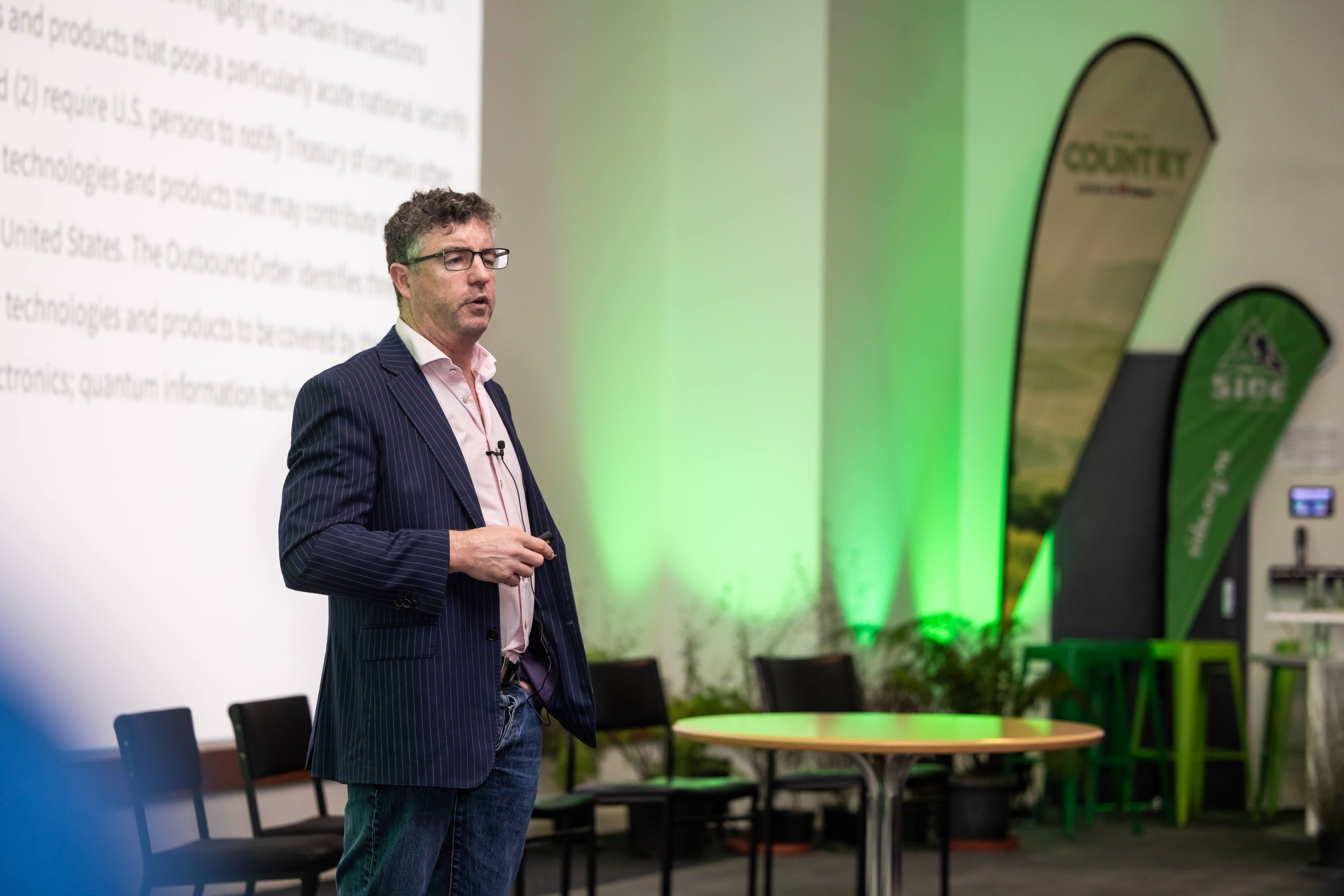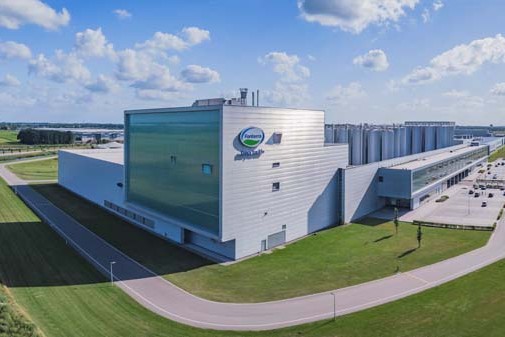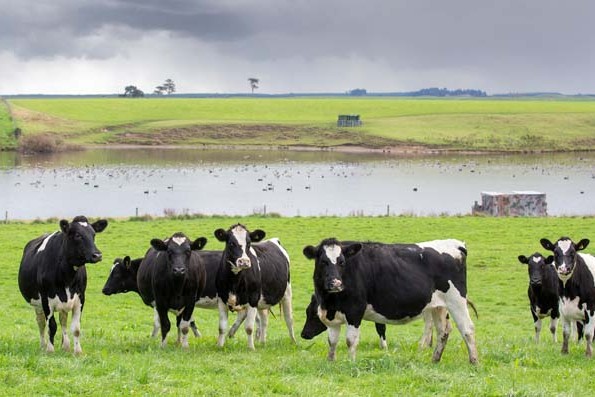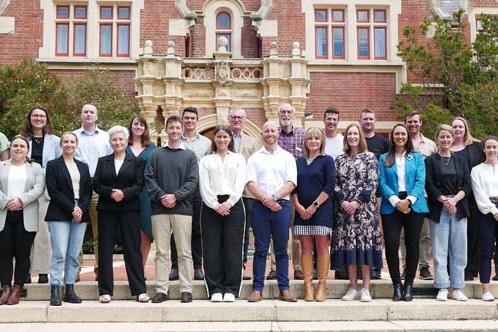Simon Yarrow
Data, and the power we can gain from harnessing it, is something we hear a lot about as technology in this area evolves with increasing speed.
But it’s important to remember that dealing with data isn’t new for those working in the dairy industry; our farmers have a long history of engaging with and using data for areas such as livestock improvement, which is estimated to have contributed $310 million annually to the sector alone.
Certainly there are areas of technology that have generated a lot of discussion in recent years – such as the Internet of Things (IoT), artificial intelligence (AI) and machine learning – which are now really finding a home on the farm.
And we’re now increasingly seeing data-driven technologies being applied by farmers beyond the dairy shed. IoT solutions employing in or on-ground sensors linked to the internet (increasingly via satellites), for example, are providing farmers with information related to everything from the environment, to feed, to water management.
What’s next?
Having data is one thing; knowing what to do with it is another. While many of the data-driven tools being used on-farm are delivering more information, farmers are often still required to interpret that information and know how to use it. That means, at times, new technology is actually adding to farmers’ workload.
Usability and functionality are evolving rapidly, meaning technology solutions are moving from giving farmers access to data, to making recommendations about what to do with that data.
But this is only a temporary phase. Usability and functionality are evolving rapidly, meaning technology solutions are moving from giving farmers access to data, to making recommendations about what to do with that data.
And as usage and confidence grows, that trend will nudge further towards data being used more for its trouble-shooting capabilities. With IoT it’s not hard to imagine, for example, a scenario where a sensor picks up an abnormal vibration in a pump and the system alerts the farmer some maintenance might be required (and maybe even schedules it).
Local innovation
Good environmental management is, of course, a big and increasing focus for those in dairy, and harnessing data is moving from a ‘nice to have’ in many areas to a ‘need to have’.
Technology is playing a big part in meeting environmental challenges and compliance obligations, and we’re seeing some great, innovative solutions being developed and deployed by local companies.
Agritech firm Regen, for example – which has developed technology for water, effluent and nitrogen management – has partnered with Waimakariri Irrigation whose 200 farmer shareholders can use the technology to help them with their irrigating decisions, and provide data back to the scheme.
Making the right choice
There’s now no shortage of technology solutions promising to help farmers save money and improve efficiency. The reality, however, is no one has the resources to deploy them all. So how do you identify which tools will work for you?
First, seek out early adopters of technology in your area or network and talk to them about what solutions are working for them, and why.
Second, keep an open mind. With so many choices on offer, it can be easy to think it’s all too hard and not adopt any new technology. But in doing so you run the real risk of being left behind (or non-compliant).
Lastly, what are your pain points? Focusing your investment in technology tools on one or two areas of real importance will always be better than a scattergun approach.
- Simon Yarrow is group manager for agritech at Callaghan Innovation which offers a range of innovation services, including R&D co-funding.





